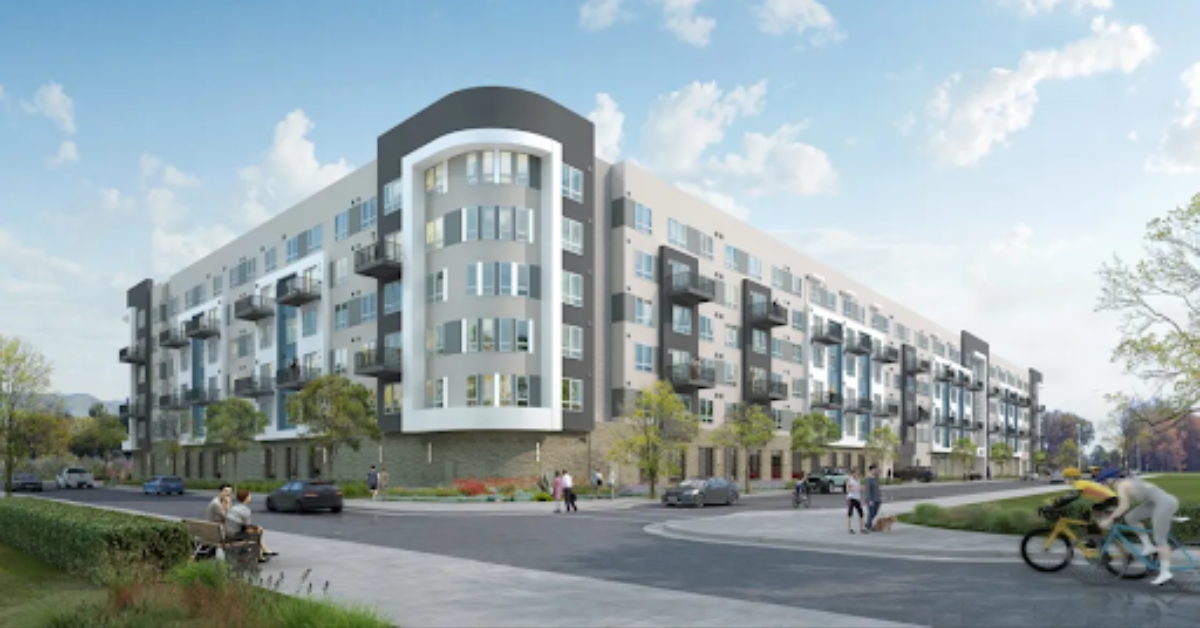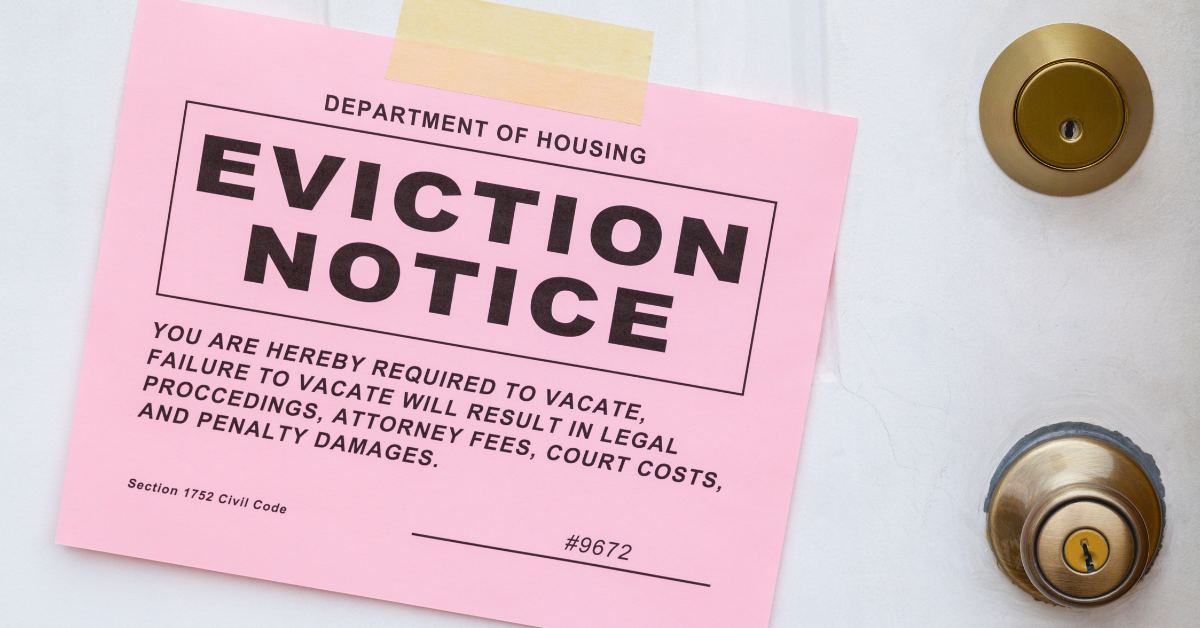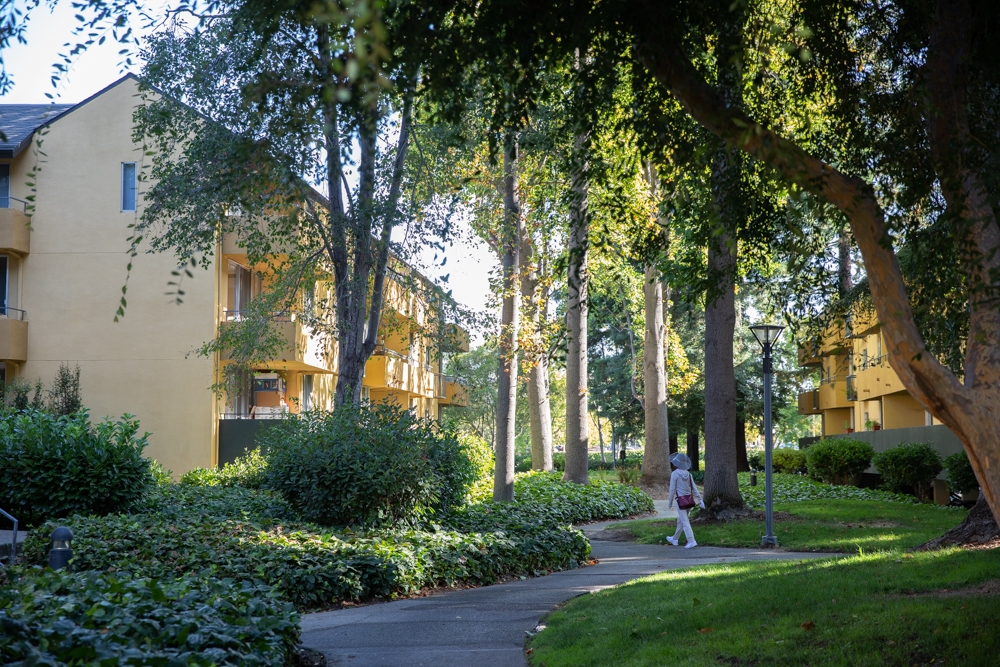On March 3, 2025, the U.S. Department of Housing and Urban Development (HUD) published its new, weakened version of the Affirmatively Furthering Fair Housing (AFFH) Rule to the federal register. The Administration’s actions undermine federal fair housing protections, although they do not affect California’s AFFH Law, which still requires the state’s cities and counties to actively undo harms caused by housing discrimination and segregation.
AFFH at the Federal Level
Part of the Civil Rights Act of 1968, The Fair Housing Act and its AFFH provision intended to end discrimination on the basis of “race, color, religion, sex, familial status, national origin, and disability.” The authors of the AFFH provision recognized that outlawing the most obvious discrimination was not enough to undo the harms caused by decades of racially discriminatory policies and practices, from redlining to predatory lending practices and more. They crafted the AFFH provision to require that any entity that receives funds from HUD shows how they are using that money to proactively end housing inequities. However, the Act did not include clear rules for implementing AFFH. As a result, enforcement was limited to fighting overt discrimination against people in protected groups, with the assumption that would be enough to integrate communities.
The original intent of the AFFH provision, to end segregation and its harmful impacts in communities around the country, has not come to pass. This failure came both from a lack of clear guidance for implementation and also because many cities and towns chose not to pursue full integration. In 2015, the Obama Administration addressed this by beginning the process to enact rules providing a framework for implementation, requiring that cities and towns take steps to understand barriers to integration and take action to create integrated communities.
The 2015 AFFH rules required that cities consider all the ways discrimination impacts people’s lives, including education, environment, transportation, health, and more. The rules required jurisdictions that receive HUD funding to submit a plan on how they would address fair housing, which was defined by HUD as “taking meaningful actions, in addition to combating discrimination, that overcome patterns of segregation and foster inclusive communities free from barriers that restrict access to opportunity based on protected characteristics.”
The 2015 AFFH rules were never fully implemented before they were rescinded by the first Trump Administration, spurring California’s legislature to codify them in Assembly Bill 686 (2018). Although the Biden Administration took steps to codify stronger rules, the second Trump Administration is already taking action now to weaken them.
What is the Interim Final Rule?
HUD’s latest version of the Affirmatively Furthering Fair Housing Rule was published on March 3, 2025. It weakens AFFH by removing many of the tools and data available to help jurisdictions identify and address fair housing challenges. While it still requires cities and counties receiving HUD funds to take steps to promote fair housing, it eliminates the structured framework that provided clear guidance, accountability, and support for jurisdictions working to advance housing equity.
Under the new AFFH Interim Final Rule, jurisdictions will still be required to certify that they are affirmatively furthering fair housing. However, these certifications will be deemed sufficient as long as the jurisdiction took any action during the relevant period that is rationally related to promoting fair housing, such as efforts to eliminate housing discrimination or to improve housing conditions. Jurisdictions will no longer need to provide detailed reports or justifications to demonstrate compliance.
AFFH & the Housing Element
Every seven to eight years, the Regional Housing Needs Allocation (RHNA) process is used to assign each city and county in California their “fair share” of new housing units to build. These homes are intended to accommodate existing need and projected growth in the region. The RHNA process is critical because it requires all cities and counties to plan for the housing needs of their residents, at all income levels, in an effort to plan for future growth and ease the Bay Area’s acute housing crisis. Then, each city creates a state-mandated 8-year plan, known as the Housing Element, to implement their allocation. The current planning cycle (the state’s 6th) covers the 8-year period between 2023 and 2031.
The Housing Element must contain Sites planned for housing affordable to residents at all income levels, and Policies & Programs that are responsive to the housing needs of residents and address barriers to housing identified during robust public outreach and analysis. The California Department of Housing & Community Development (HCD) has provided extensive guidance on requirements and best practices to help cities effectively address this requirement. Learn more in the video below:
AFFH in California
The Executive Order and other changes at the federal level do not change California’s requirements to affirmatively further fair housing at all.
California’s AB 686, signed into law in October 2018, states, “Affirmatively furthering fair housing means taking meaningful actions, in addition to combating discrimination, that overcome patterns of segregation and foster inclusive communities free from barriers that restrict access to opportunity based on protected characteristics.” The law requires all jurisdictions to administer their programs and activities relating to housing and community development in a way that affirmatively furthers fair housing, and to not take any action that is materially inconsistent with this obligation. Beginning in 2021, every jurisdiction in the state is required to integrate plans for ending discrimination and promoting integration into the Housing Element portion of their General Plan.
California’s Affirmatively Furthering Fair Housing law (AB 686, October 2018), states:
Specifically, affirmatively furthering fair housing means taking meaningful actions that, taken together,
- address significant disparities in housing needs and in access to opportunity,
- replace segregated living patterns with truly integrated and balanced living patterns,
- transform racially and ethnically concentrated areas of poverty into areas of opportunity,
- and foster and maintain compliance with civil rights and fair housing laws.
Why is AFFH necessary?
Preventing individual acts of housing discrimination is important but cannot solve the problems of segregation and access to resources alone. Forces driving residential segregation are still here, often taking on new forms to achieve the same discriminatory ends. When racially explicit practices were outlawed, they were replaced by race-neutral methods to exclude people of color from predominantly white neighborhoods. For example, when explicitly racially exclusionary laws were banned, single-family zoning emerged as a tool for segregating communities by restricting more affordable housing options, like apartments or condominiums. Exclusionary zoning policies have made it difficult for lower-income residents to access certain communities and have had a discriminatory effect on people with protected characteristics such as race, disability, and familial status.
Land use policies and planning translate into the ability of families to access neighborhoods with high-performing schools, jobs that afford entry to the middle class, and convenient access to transit and services. The limits on housing choice and access experienced by people with protected characteristics, impact access to job opportunity, quality education, and mental and physical health. Past and present discriminatory government policies and practices have resulted in many Black and Brown neighborhoods with concentrated poverty and poor housing stock, limited access to opportunity, unsafe environmental conditions, underfunded schools, dilapidated infrastructure, and other disproportionately experienced problems.
Many Americans of color and members of other protected groups pay a higher proportion of their income for lower quality housing in neighborhoods with diminished access to goods, services, and economic opportunities. As a result, people living in disinvested neighborhoods are vulnerable to overcrowding, substandard living conditions, and housing insecurity.
At the same time, governmental policies have subsidized the development of segregated, often predominantly white, high-resourced suburbs through tax exemptions for homeownership and by constructing new highway systems—often right through lower income communities of color— to ensure easy access to job opportunities in urban centers. This physical and policy infrastructure supports patterns of discrimination and high levels of segregation that continue to persist in the Bay Area and across the country.
AFFH and the Planning Process: RHNA & Housing Elements
Considering high opportunity areas in allocating the Bay Area’s total housing need in the RHNA process helps to fulfill the State’s core mandate to affirmatively further fair housing. AFFH housing policies, program guidelines, and regulations have untapped potential to both prevent further segregation and concentration of poverty in the Bay Area, and to encourage access to opportunity.
Using fair housing metrics to allocate the Bay Area’s total housing need can more effectively advance the mandate to affirmatively further fair housing and promote the greatest expansion of housing opportunities in resource-rich communities, many of which have a legacy of exclusion that must be overcome. Promoting greater housing opportunities in these neighborhoods is a proven way to help advance regional priorities such as economic mobility, and is clearly consistent with the statutory requirement to affirmatively further fair housing. It is crucial for this metric to be used throughout the allocation process, rather than only to allocate the low-income share of housing need, to ensure that more housing of all types is built where it is needed most. In this way, allocation based on access to high opportunity areas can also advance the requirement to increase housing supply & mix of housing types across all jurisdictions in an equitable manner.
Notably, California’s AFFH law also requires jurisdictions to transform racially and ethnically concentrated areas of poverty into areas of opportunity, ensuring that access to opportunity is not only available in historically wealthier and whiter neighborhoods.
Opportunity mapping is a way to measure and visualize place-based characteristics linked to critical life outcomes, such as educational attainment, earnings from employment, and economic mobility. This helps regional and city planners identify the high opportunity areas where more affordable housing should be located in order to expand housing choice and affirmatively further fair housing. Opportunity maps show the level of opportunity of a region, broken down by census tract, by considering levels of poverty or wealth and degree of segregation. It is important to note that California’s affirmatively furthering fair housing law requires both opening previously exclusionary areas to lower-income residents, and also policies and investment to transform racially and ethnically concentrated areas of poverty into areas of opportunity.
Beginning in 2021, every jurisdiction in the state is required to integrate plans for ending discrimination and promoting integration into the Housing Element portion of their General Plan.
Additional Resources
California Department of Housing and Community Development (HCD): Affirmatively Furthering Fair Housing Guidance Memo
HCD: Webinar on AFFH in the Housing Element



